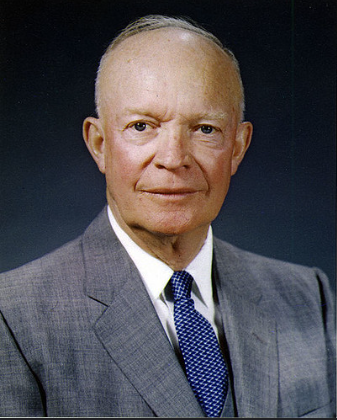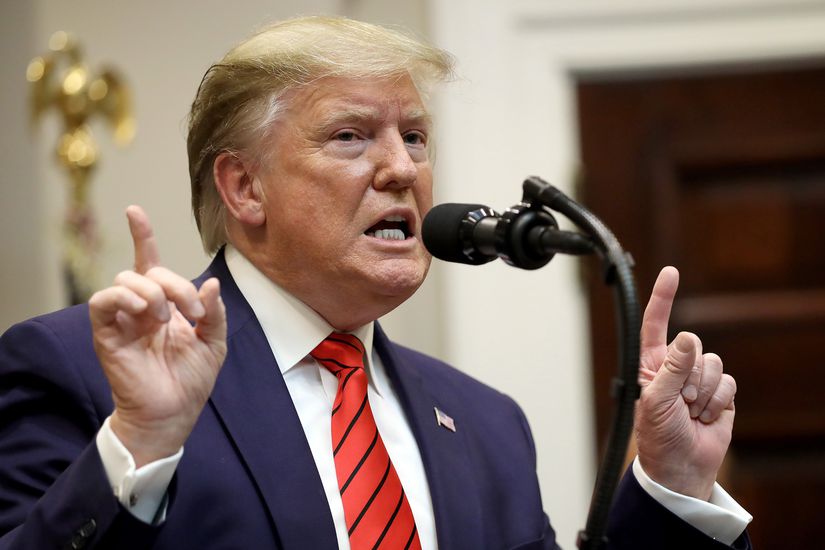Inflated Numbers
Inflation is on everyone's mind, and it's going to play a big role in the upcoming presidential election as everyone feels the pain at the grocery store, in rent increases, and utility bills. How will inflation shake out depending on who is elected? That's anyone's guess, but we can take a look at historical economics data for clues.
To find the average yearly inflation rate by U.S. president, Investopedia broke down publicly available numbers from the U.S. Bureau of Labor Statistics' Consumer Price Index since 1953. Here's the average of the year-over-year inflation rate for each presidential term in chronological order.























